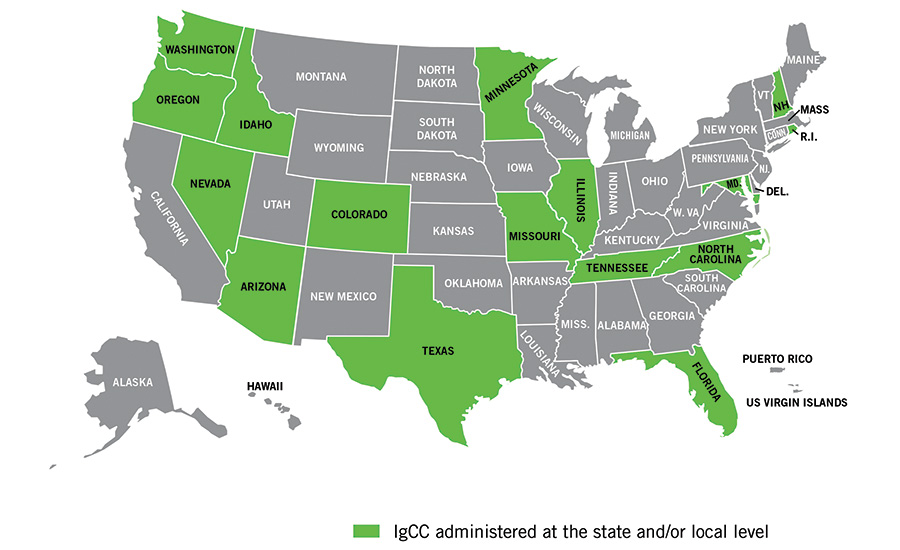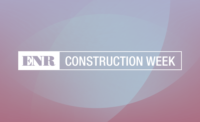The release this month of the 2018 edition of the International Green Construction Code marks the first time two sustainability standards developers have joined to foster green buildings and streamline code adoption. The model IgCC is now integrated with ASHRAE’s standard for high-performance buildings. And to reduce green-standard confusion even further, the 2018-IgCC is aligned with the LEED rating system program.
The 2018-IgCC was released Nov. 8 by the International Code Council (ICC), ASHRAE, the U.S. Green Building Council (USGBC)—which developed LEED—and the Illuminating Engineering Society. Beyond aiding governments in streamlining code development and adoption, the 2018-IgCC—which combines IgCC with ANSI/ASHRAE/USGBC/IES 189.1 - Standard for the Design of High-Performance Green Buildings Except Low-Rise Residential Buildings—is aimed at facilitating and standardizing green building design, say the four sponsors of the 2018 edition.
“Everything we can do to raise up any green building codes” is a priority, said Wes Sullens, the USGBC’s director for codes’ technical development, at the Greenbuild International Conference and Expo, held Nov. 14-16 in Chicago.
The code-group cooperation began in 2005. “It’s an evolution,” said Sullens.
Historically, adoption of the IgCC, first published in 2009, has been spotty. Four states and Washington, D.C., have adopted earlier editions. The states are North Carolina, Maryland, Rhode Island and Oregon.
In 11 other states, one or more local agencies or jurisdictions has adopted an edition of the IgCC. The states are Arizona, Colorado, Florida, Idaho, Illinois, Minnesota, Missouri, New Hampshire, Tennessee, Texas and Washington. However, the code is not used as a standard for all buildings in all places, according to ICC.
Promote Adoption
“Please go back to your jurisdictions” and promote adoption, said Josh Jacobs, UL’s director, environmental codes and standards, at the conference, which had approximately 20,000 registrants.
The 2018-IgCC combines the technical requirements of the ASHRAE Standard 189.1 with the model code’s administrative provisions developed by ICC. As a result, the 2018-IgCC is a unified code that emphasizes adoption and ease of use and enforcement, according to the co-sponsors, who have been working on the combined document since 2009.
The model code covers all buildings except low-rise residential construction. It offers minimum design requirements for high-performance green buildings. It is an ANSI standard, developed under ASHRAE’s ANSI-approved procedures. The ASHRAE 189.1 committee is responsible for technical content, though any person or group can provide input.
The standard contains site provisions to reduce the impact of landscape, urban heat island, light pollution and stormwater runoff. There are sections on reducing water use, and energy provisions intended to reduce energy use, emissions and peak demand.
There are sections intended to improve the quality of the indoor environment for better occupant comfort, health and productivity. There are also materials provisions and categories on construction and operation.
ICC is currently developing tools to aid users, including a manual and a code- and-commentary document, said Dave Walls, ICC’s executive director of sustainability programs. The cosponsors are also offering half- and full-day education and training, and webinars.
In another move to promote greener buildings, USGBC and BRE Group, a building science center that publishes the BREEAM green-building rating system, announced a partnership on Nov. 13. The goals are to increase the level of engagement of existing building owners in the measurement, reporting and improvement of performance; to codevelop digital data standards and protocols to better measure building performance; and to conduct research on sustainable buildings.




Post a comment to this article
Report Abusive Comment